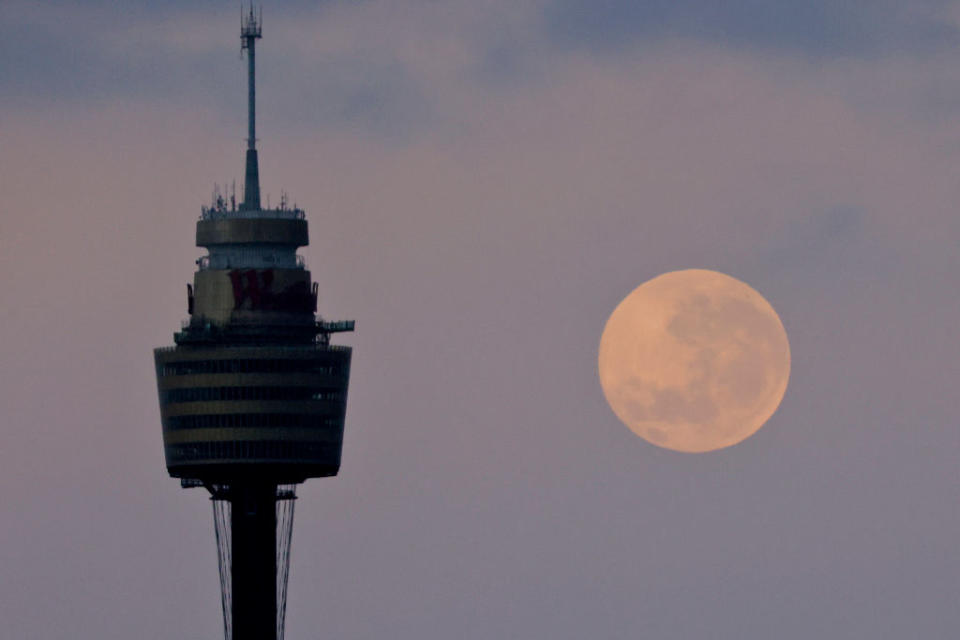'A step beyond': Australian suburb singled out over 'unprecedented' weather
A suburb in Sydney’s west has been singled out in a global climate report flagging 2020 as one of the hottest years on record.
Penrith reached a sweltering 48.9 degrees Celsius on January 4 – the hottest temperature recorded in Australia this year, according to the Bureau of Meteorology (BoM).
It was on the back of Australia recording its hottest year to date in 2019 and amid a summer of horrific bushfires.
The suburb’s blistering heat, which includes most recently a 38.5 degree day on December 1, hasn’t gone unnoticed by the World Meteorological Organisation (WMO) which cited the suburb as proof “Australia broke heat records” in 2020.
The WMO, a specialised agency of the United Nations, says the 48.9 degrees in Penrith on January 4 was the highest observed temperature on record in an Australian metropolitan area.

Penrith ‘a step beyond’
The WMO’s provisional report on the State of the Global Climate in 2020 said climate change continued “its relentless march” this year with 2020 on track to be one of the three warmest years on record.
Dr Ailie Gallant, of Monash University’s Climate Change Communication Research Hub, told news.com.au the heat in January in Penrith coincided with severe bushfires in western parts of Sydney.
“It’s not unusual to get very hot in Penrith, but what we’re experiencing now is unprecedented,” she said.
“It’s a step beyond.”
#Penrith reached a record 48.9°C (120°F) today, the hottest place on the planet. For those overseas, Penrith is not in the arid Outback; it's a city of 200,000 only 55 km west of Sydney.
This on a day of catastrophic bushfire conditions in parts of the country. #ClimateEmergency pic.twitter.com/W6ByNqXNba— Earthquack (@Triton214) January 4, 2020

Temperatures rising
WMO Secretary-General Professor Petteri Taalas said average global temperature in 2020 was set to be about 1.2 above the pre-industrial (1850-1900) level.
“There is at least a one in five chance of it temporarily exceeding 1.5 by 2024,” Prof Taalas said.
November, in particular, was a hot month in Australia.

The Climate Change Communication Research Hub at Monash University in Melbourne looked through the BoM’s climate data and determined 57 towns had their hottest November days on record.
Rainfall was also below average, according to BoM.
It has forecast Australia could yet receive its most rain in a decade in the upcoming months due to La Nina.
Do you have a story tip? Email: newsroomau@yahoonews.com.
You can also follow us on Facebook, Instagram and Twitter and download the Yahoo News app from the App Store or Google Play.



